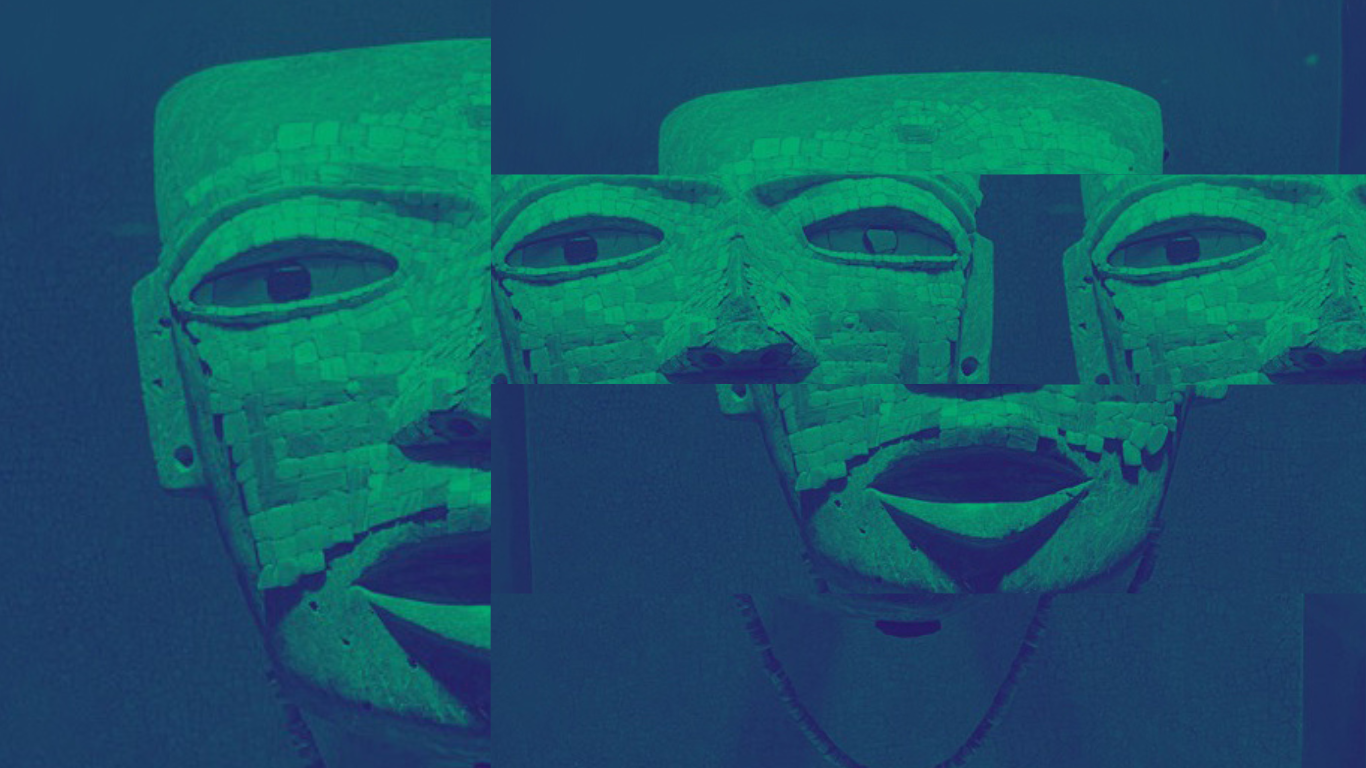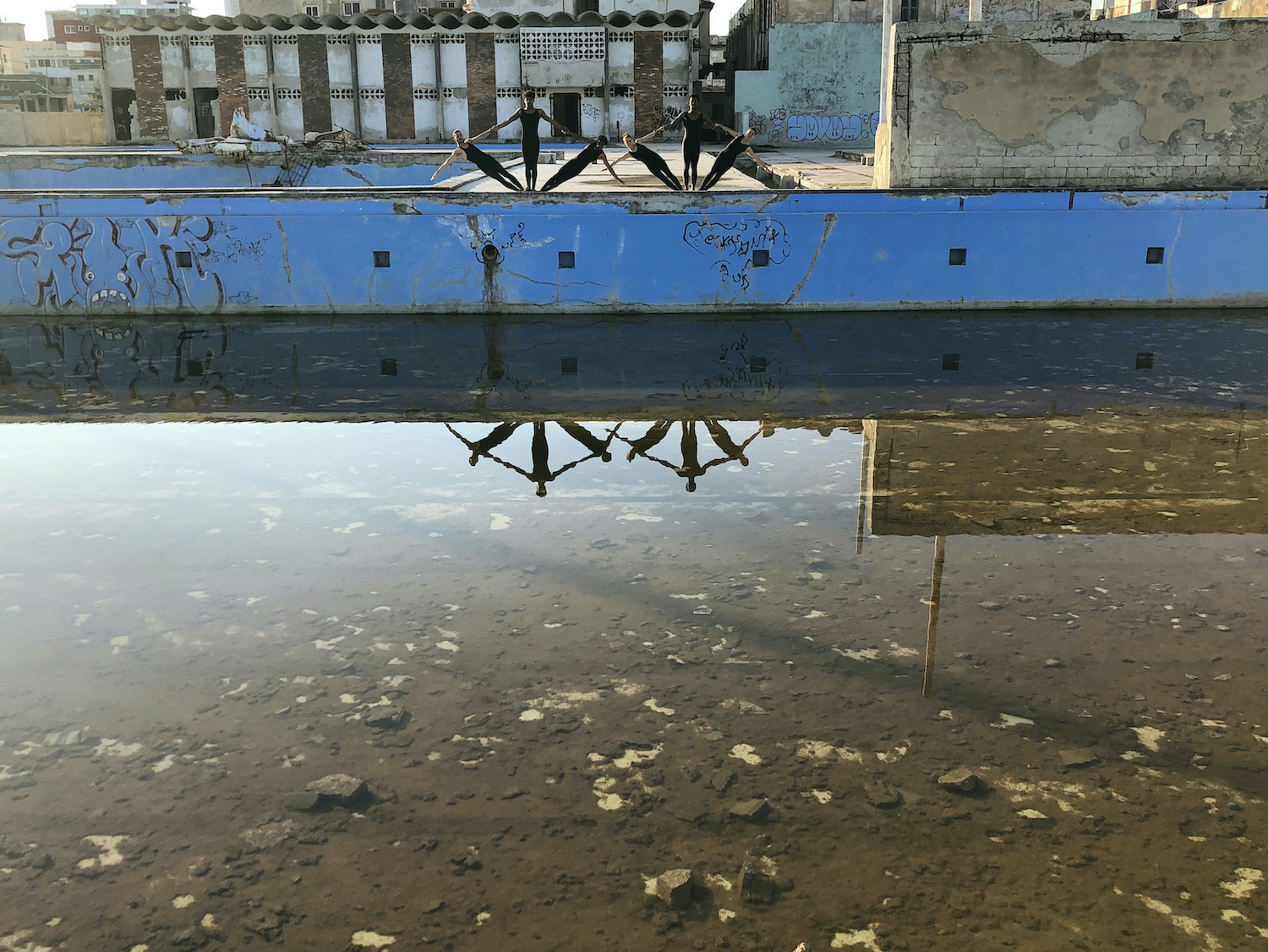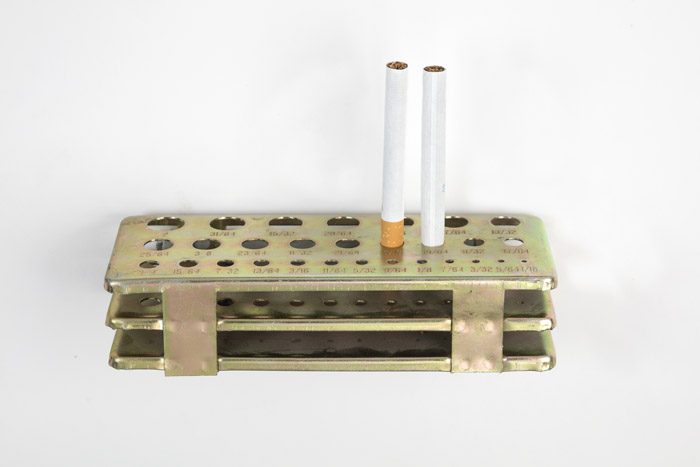Loading...
-
La sombra de la tierra
Miguel Fernández de Castro / Descarga la publicación aquí
-
El museo desmantelado
Arte y antropología hoy: reflexiones tras el encuentro de Documenta 15
-
Aquelarre
Capítulo I De lo cotidiano a lo mágico
-
Aquelarre
Capítulo I De lo cotidiano a lo mágico
-
Aquelarre
Capítulo I De lo cotidiano a lo mágico



